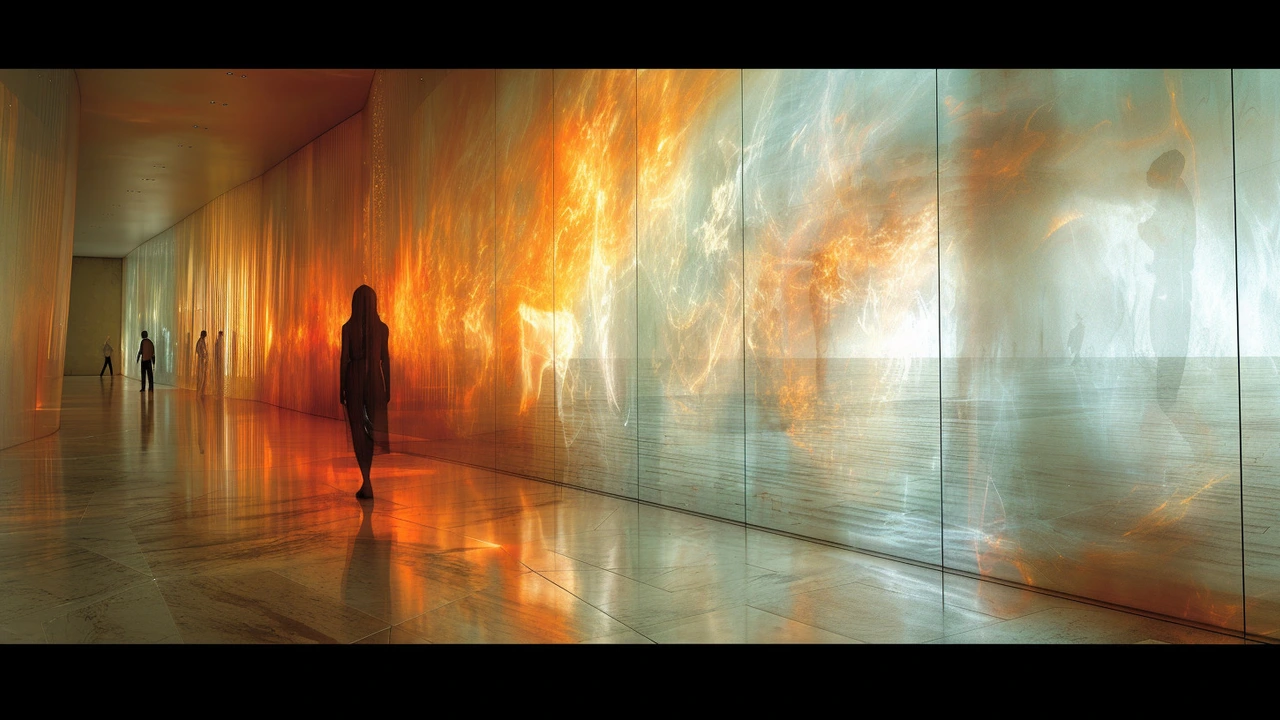Healing Power: How art helps you feel better
Art changes how you feel fast and in small ways that add up. A simple sketch, a bold painting, or a walk through an installation can reset mood and calm your mind.
Different art styles do different things. Photorealism pulls you into detail and focus. Abstract expressionism lets you release emotion through color and gesture. Land art and site work connect you to nature and give fresh perspective.
Artists and therapists use these qualities to help people heal after grief, stress, or burnout. You do not need to be an artist to get results.
Try this: set a ten minute art break where you draw, collage, or study a single artwork. Short, regular practice lowers stress more reliably than rare long sessions.
How art helps
Attention shifts: looking closely pulls your mind away from worry and toward the present. Expression: making marks or choosing colors gets feelings out where you can see them. Memory and meaning: art can reframe painful memories into stories you control.
Simple ways to bring art into healing
Keep a tiny sketchbook and draw one object every day for a month. Visit public art: murals and installations are free and often lift mood quickly. Join a low pressure group class where making is social and judgment is low. Use color on purpose—warm shades for energy, cool shades to calm.
If you are dealing with deep trauma, look for a licensed art therapist. They combine clinical skills with art practice to keep you safe while you explore hard feelings.
On this site you will find pieces that show art's healing power in action. Read articles on immersive installations, nature art, or expressionism to see practical examples and ideas. Try one idea this week and notice one small change in how you feel.
Make a small ritual: light a candle, pick a color, make one mark. Keep materials simple: paper, pencil, a few paints, or clay will do. Set a timer for five minutes if starting feels hard—short tasks are easier to finish.
Photo exercises work well: take five photos of things that calm you and study why they help. Visit an installation and spend ten minutes noticing how space affects mood. Public land art can change how you move and think about city places.
If you want structure, take a short course in expressionism or photorealism. Bauhaus ideas—simple tools and clear goals—make art practice less stressful for beginners. Track your mood before and after art with a note or app to see progress.
Many people report better sleep and lower anxiety after regular creative time. Keep expectations low; aim for curiosity, not perfection. If you are caring for someone, short shared art projects can open gentle conversation.
Want guided ideas? Read site posts on installation art, land art, or expressionism for specific prompts. Try one prompt this week and note what changed in your body or thoughts. Small steps stack up; art is a tool you can use every day in life.

